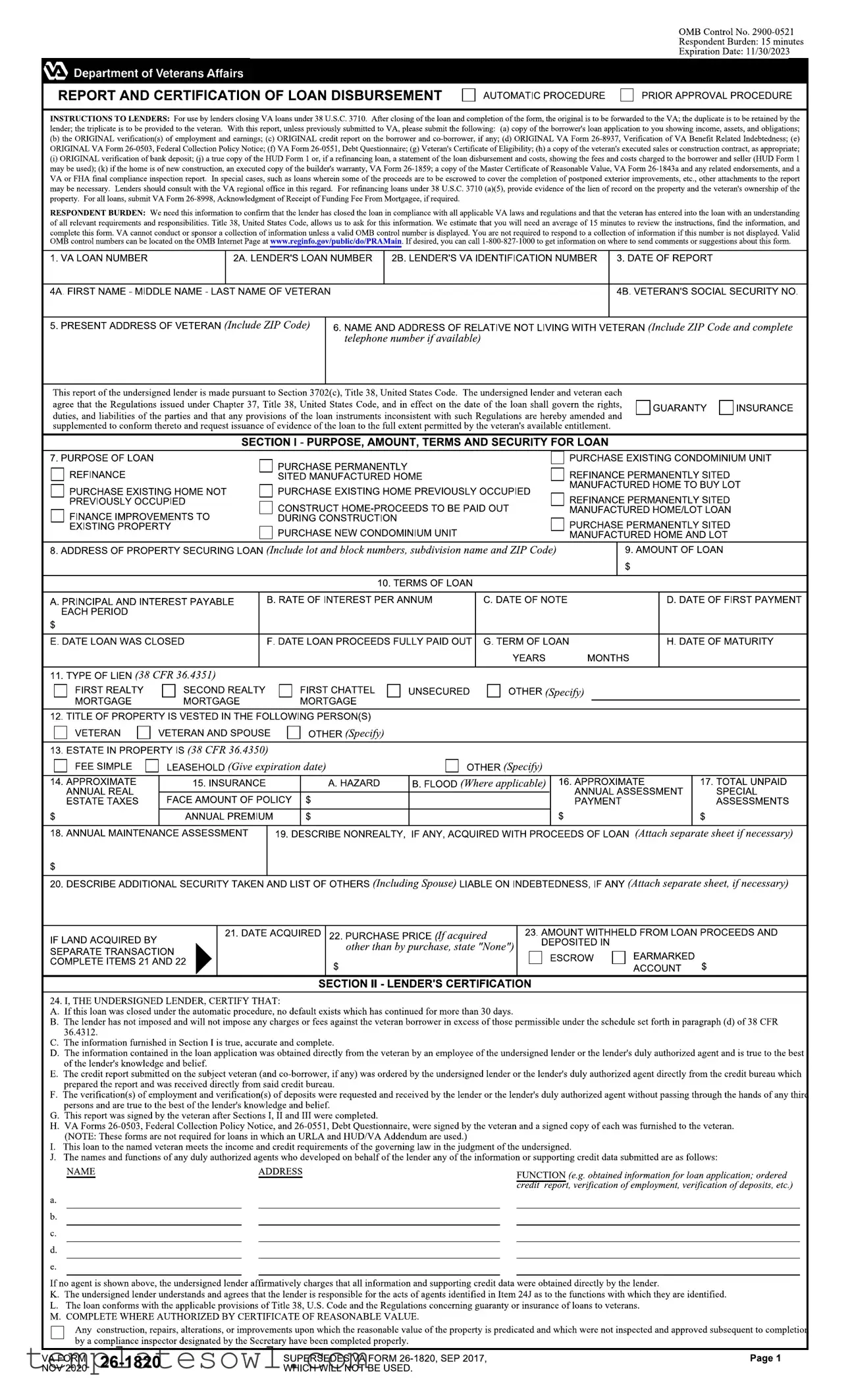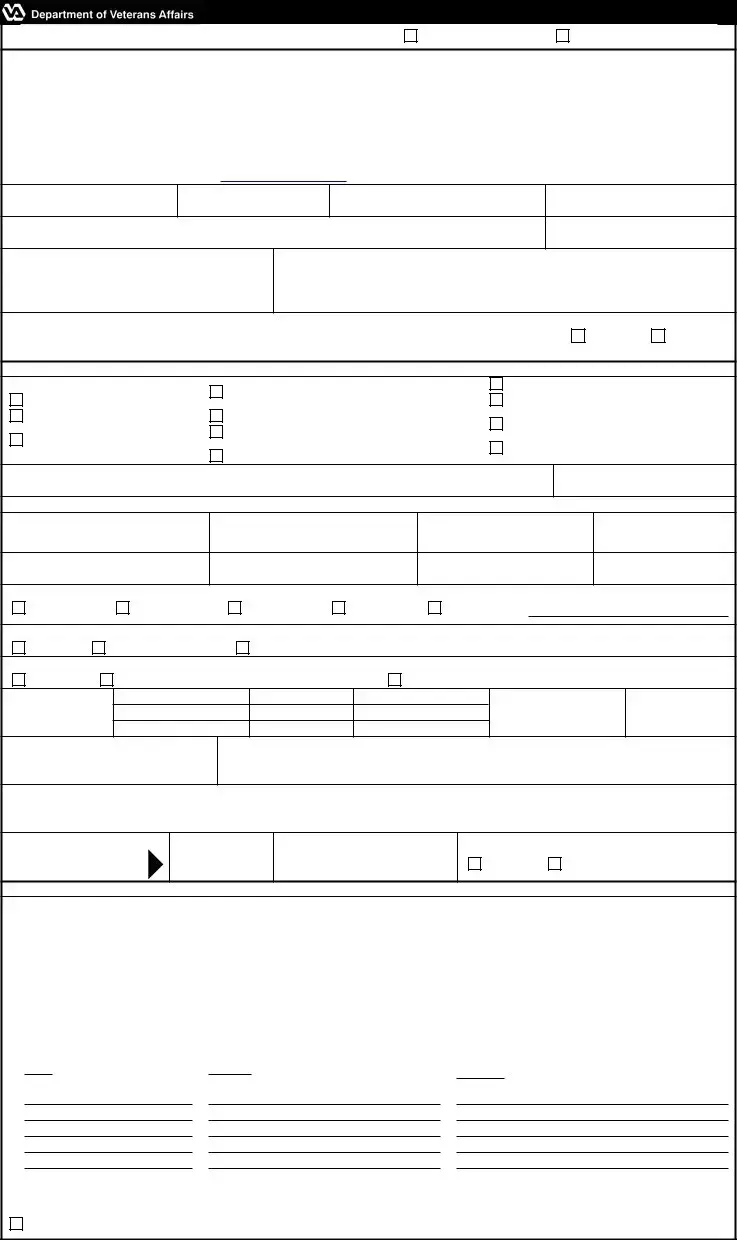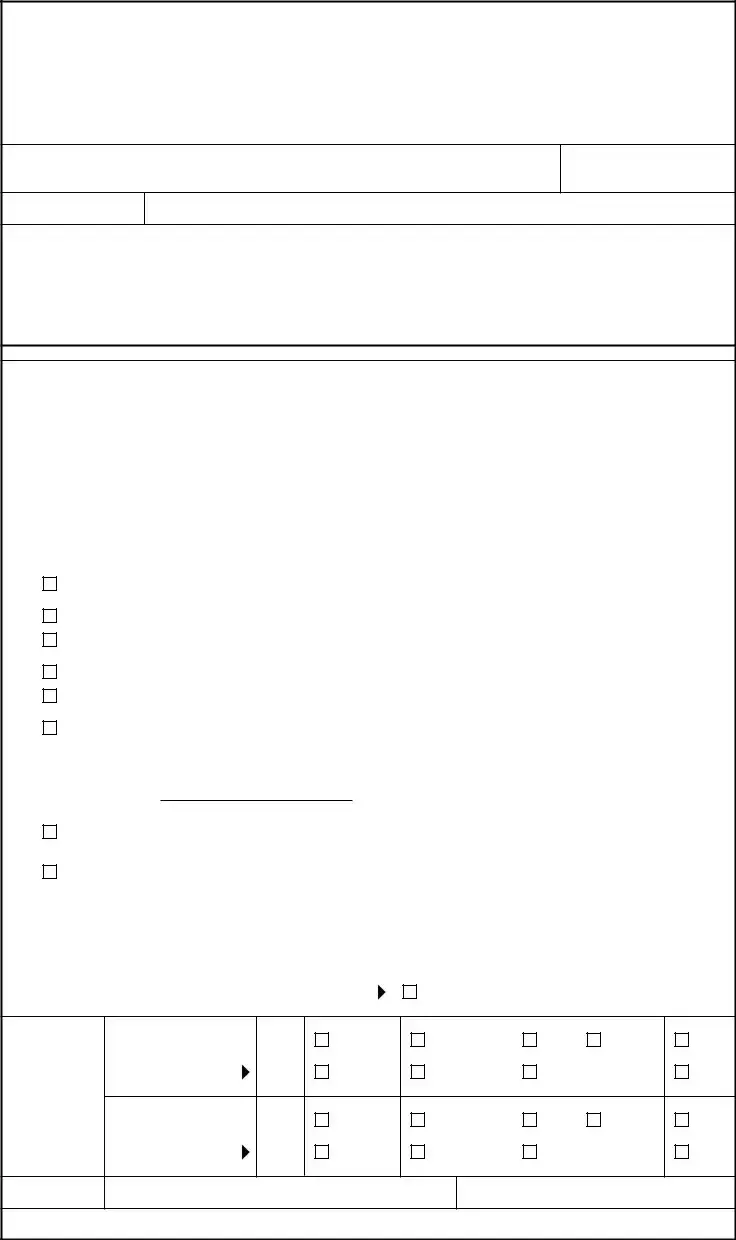What is the purpose of the VA Form 26-1820?
The VA Form 26-1820, also known as the Report and Certification of Loan Disbursement, is a key document used by lenders when closing VA loans under 38 U.S.C. 3710. This form serves to confirm that the transaction is compliant with all relevant regulations and to verify that the veteran has an understanding of the loan's terms and conditions. It helps ensure accountability for both the lender and the veteran by validating that the needed documentation and information have been collected and submitted appropriately.
What documents must be submitted with VA Form 26-1820?
When submitting the VA Form 26-1820, lenders need to include several important documents to provide a comprehensive overview of the loan transaction. These documents typically include a copy of the borrower's loan application, original employment and earnings verification, the original credit report, the veteran's Certificate of Eligibility, and any relevant forms regarding VA benefit-related indebtedness. Additional documents may also be required depending on the specifics of the loan, such as contracts, bank verifications, or builder warranties, especially for new constructions.
How long does it take to complete VA Form 26-1820?
Completing the VA Form 26-1820 generally requires about 15 minutes. This estimation includes reviewing the instructions, gathering the necessary information, and filling out the form itself. While this is a reasonable time frame, individuals should also prepare for any additional time that might be needed to collect accompanying documentation and ensure all elements are accurately reported.
What happens after submitting the VA Form 26-1820?
Once the VA Form 26-1820 is completed and submitted, the original document is sent to the VA, while the lender retains a duplicate for their records. The triplicate copy is given to the veteran for their reference. The information is then reviewed by the VA to ensure compliance with relevant laws and regulations. If everything is in order, this process helps facilitate the release of loan disbursement, ensuring that the veteran’s borrowing needs are appropriately met.


